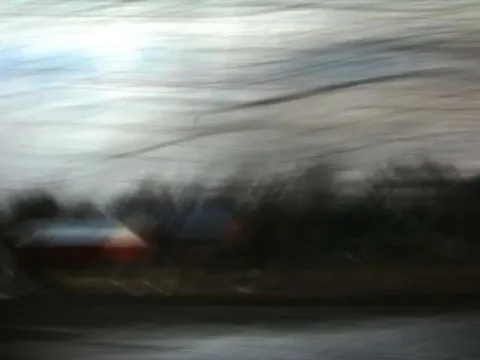
Ever hear of westerly winds? Santa Ana winds? Chinook winds? Gale winds?
If any of these names ring a bell, it’s because these are wind names — different types of wind based on their location in the world, speed, as well as the general wind direction.
Meteorologists, scientists, and other observers of weather have given names to all types of weather phenomena.
Wind is one of those things meteorologists have studied for a long time. While wind is essentially a mass of moving air, it’s the wind direction, speed, and/or the location it’s coming from or going to that often decides the name for a certain type of wind.
Let’s take a look at some of the common types of wind, their wind direction, wind location, wind speed, and some other fun facts about wind!
How Wind Blows & Moves
So, what causes wind in the first place?
It’s the result of Earth’s many land forms and surface features, like lakes, mountains, tundras, and prairies causing the sun to heat the planet unevenly.
As the sun heats Earth in different amounts in different areas, warm air rises and cool air falls in its place.
As this process occurs, air moves and wind happens.
Wind direction, location, and wind speed are 3 factors that help us to know what kind of wind is happening.
For example, a breeze is a specific type of wind based on its speed. Gale force winds are another type of wind based on its speed. But the reason many people know a gale is stronger than a breeze is because scientists and weather observers have attached certain names to these winds. Just like we identify colors by certain names, we can also identify wind by their names. Breezes are gentle winds, gales are strong winds.
Now, that is an example of wind being identified by speed. However, wind is also identified by its direction and location.
Wind Direction & Wind Location
Here’s a rundown of a some types of wind defined by their location and direction:
- Trade Winds occur near the equator and generally head westward.
- Westerlies generally are found between 30 degrees and 60 degrees latitude. In the Northern Hemisphere, this is where you will find most of the United States and Canada as well as much of Europe and Asia. Westerlies flow from the west and head toward the east.
- Easterlies form past the 60-degree latitude mark and are found near the poles. Easterlies head from east to west.
Here are some other types of wind classified by their location:
- Chinooks are easterly winds that are found near the Rocky Mountains.
- Santa Ana winds are winds that come from the east, sweep through southern California’s mountains and valleys, and head toward places like Los Angeles and San Diego.
- Norther (yes, norther, not northern) winds come from the north and happen during a big change in temperature in the United States’ Southern Plains region.
- Knik southeast winds generally occur in the winter and are specific to the area of Palmer, Alaska — a city in south central Alaska.
Wind Speed
Wind speed is often a way of classifying storms. You might be most familiar with the names hurricane, typhoon, tropical storm, and tropical depression. Let’s look at each of these and see how the wind speed distinguishes each of these types of storms:
- A hurricane or typhoon is a storm with winds of 74 mph or greater. An organized storm of tropical origin in the Atlantic Ocean basin is called a hurricane. A similar storm in the Pacific Ocean basin is referred to as a typhoon. Hurricane and typhoon storm categories are also defined by wind speed.
- A tropical storm has wind speeds between 39 mph and 73 mph.
- A tropical depression is an organized tropical system with winds less than 39 mph.
Let’s talk about wind speeds a little more. You might recall I mentioned the terms gale and breeze a moment ago. Well, these are just 2 of several types of winds designated according to wind speed.
The Beaufort Scale helps us understand wind speed even more. Based on the type of actions we see happening — twigs moving, smoke drifting, tree branches snapping — we can pretty easily tell not just what kind of wind is blowing but also about how fast that wind is moving, too.
Let’s take a closer look at a few of the many different types of wind identified by the Beaufort Scale:
- Calm winds are under 1 mph; smoke will rise vertically.
- Gentle breezes are between 8 mph and 12 mph and will move leaves and twigs in a steady motion.
- Strong breezes move from 25 mph and 31 mph and capable of moving large branches, can cause a whistling sound, and might make it difficult to handle an umbrella.
- Gale winds are between 39 mph and 46 mph and will break twigs off trees and make it challenging for you to walk.
- Storm winds occur between 55 mph and 63 mph and create structural damage and are able to uproot entire trees.




